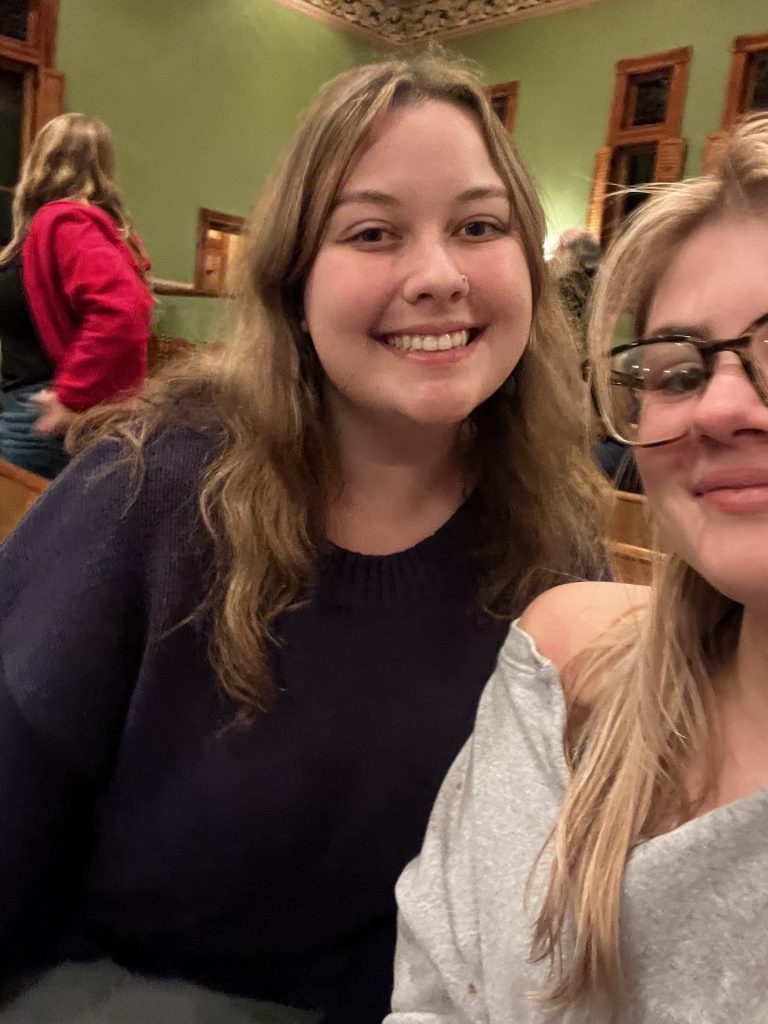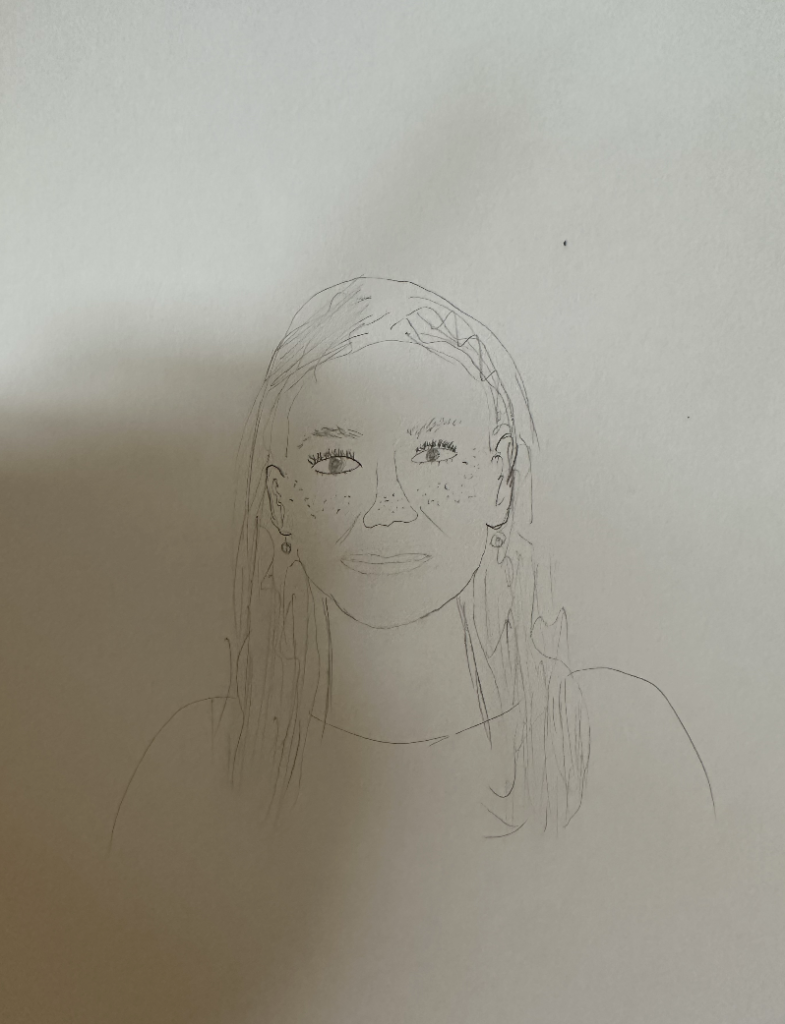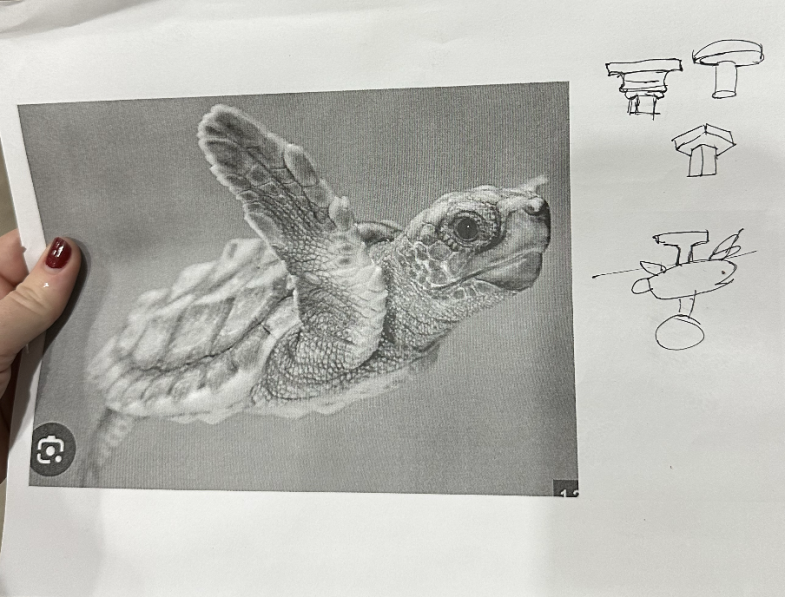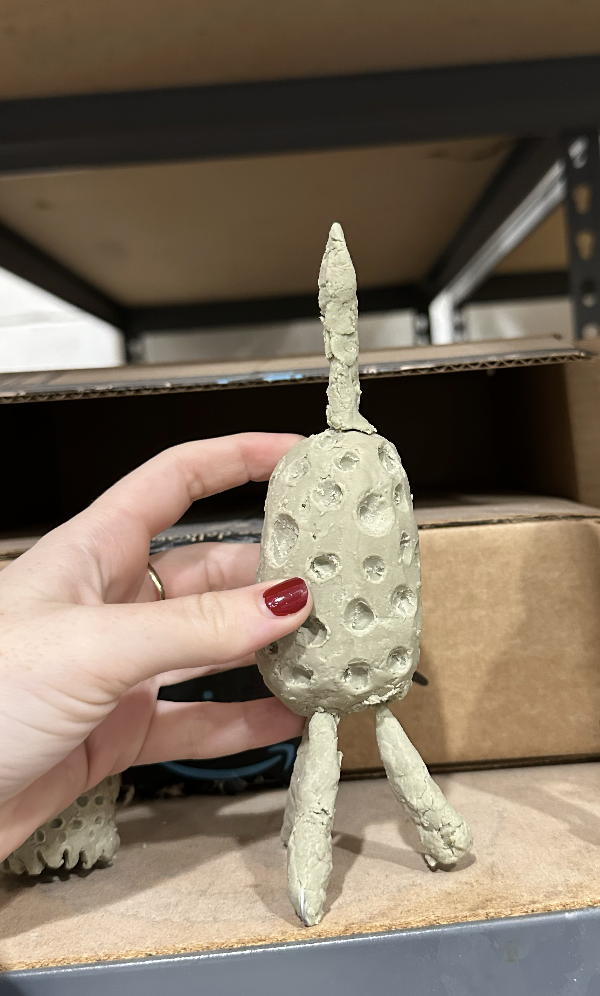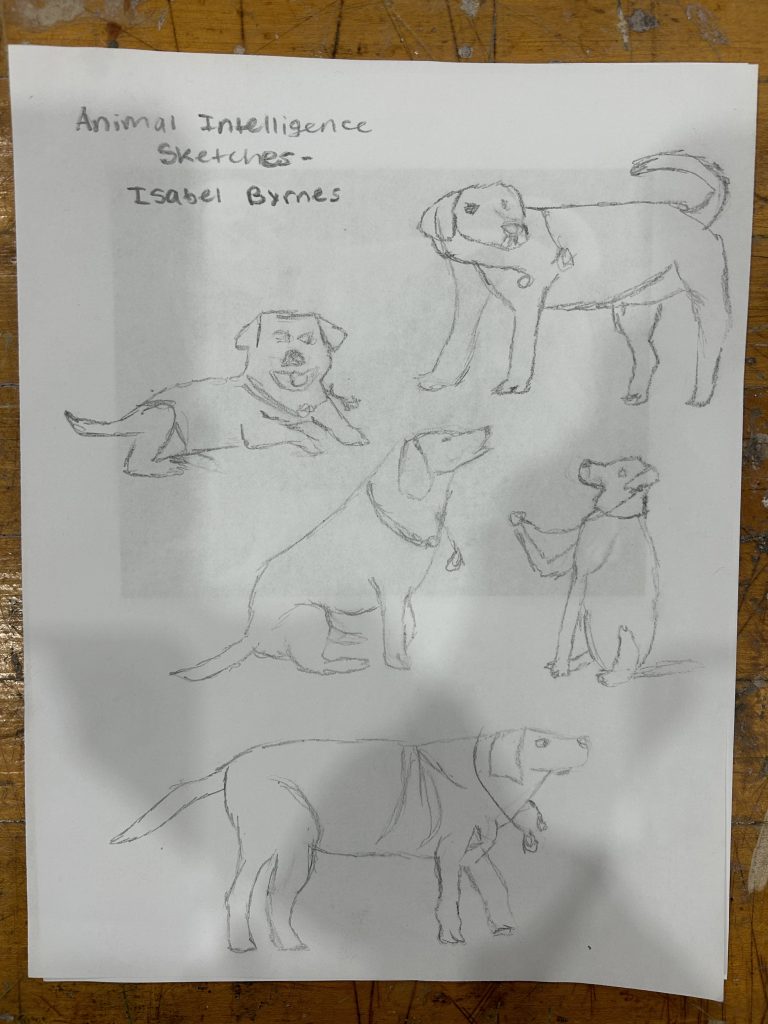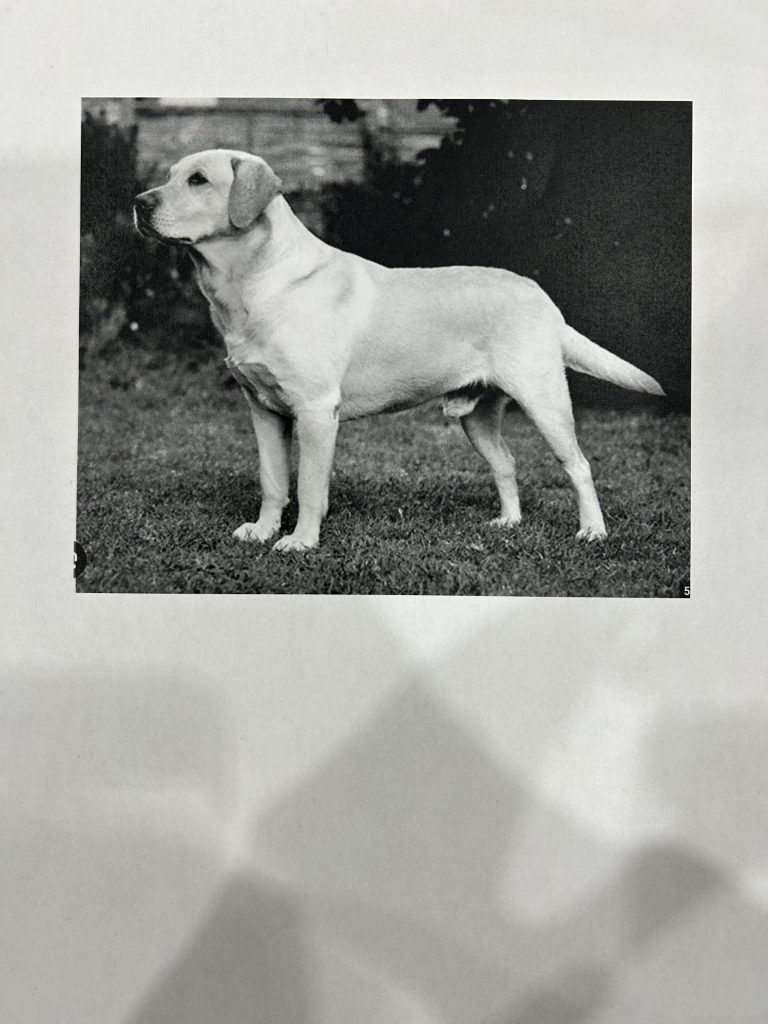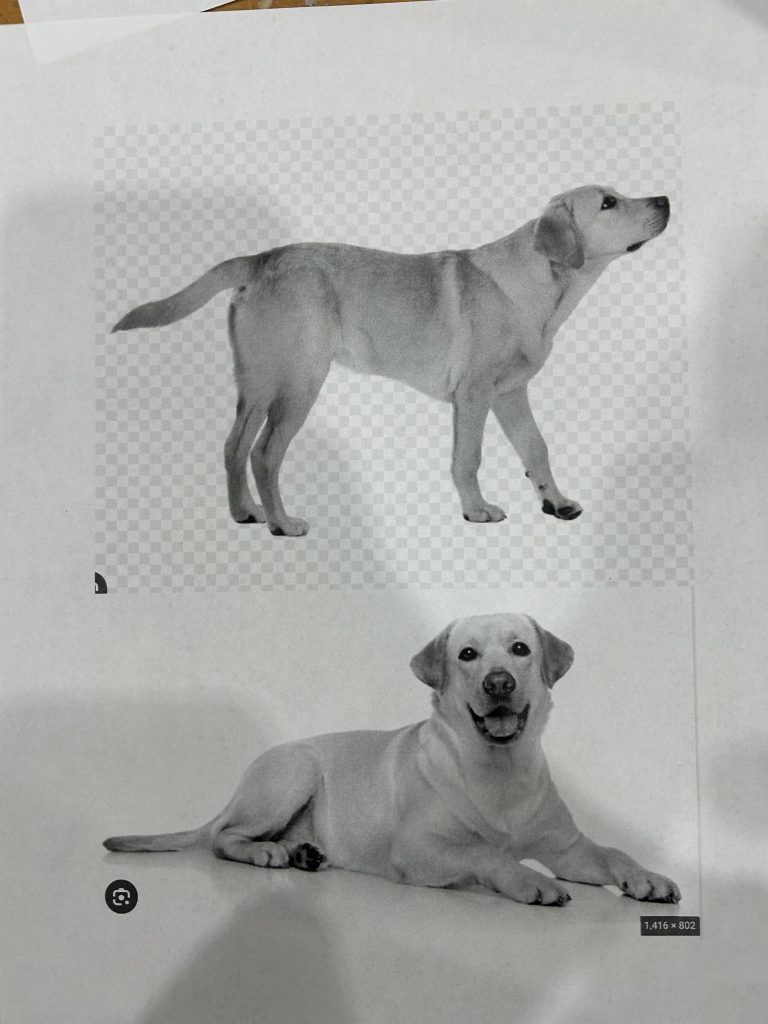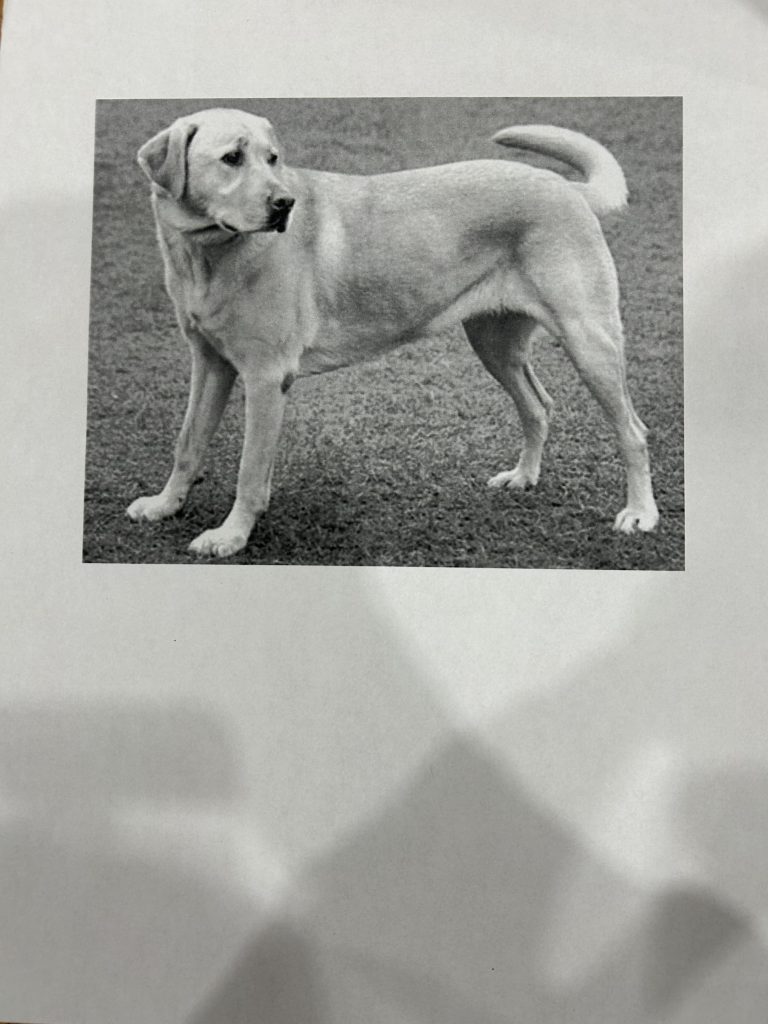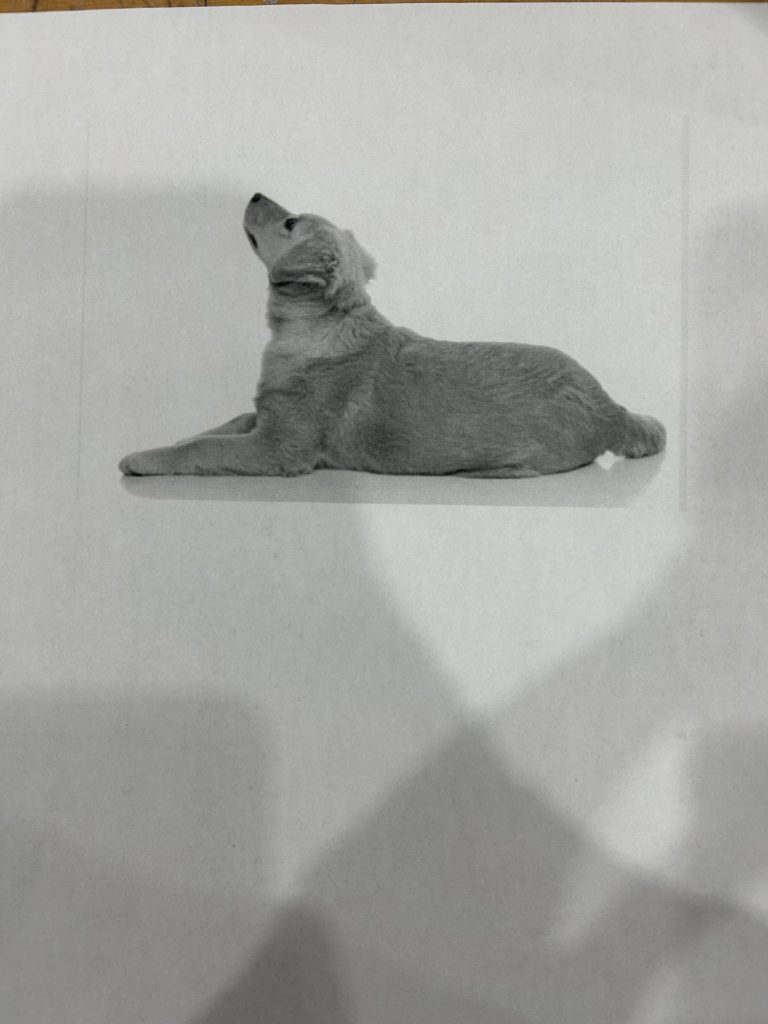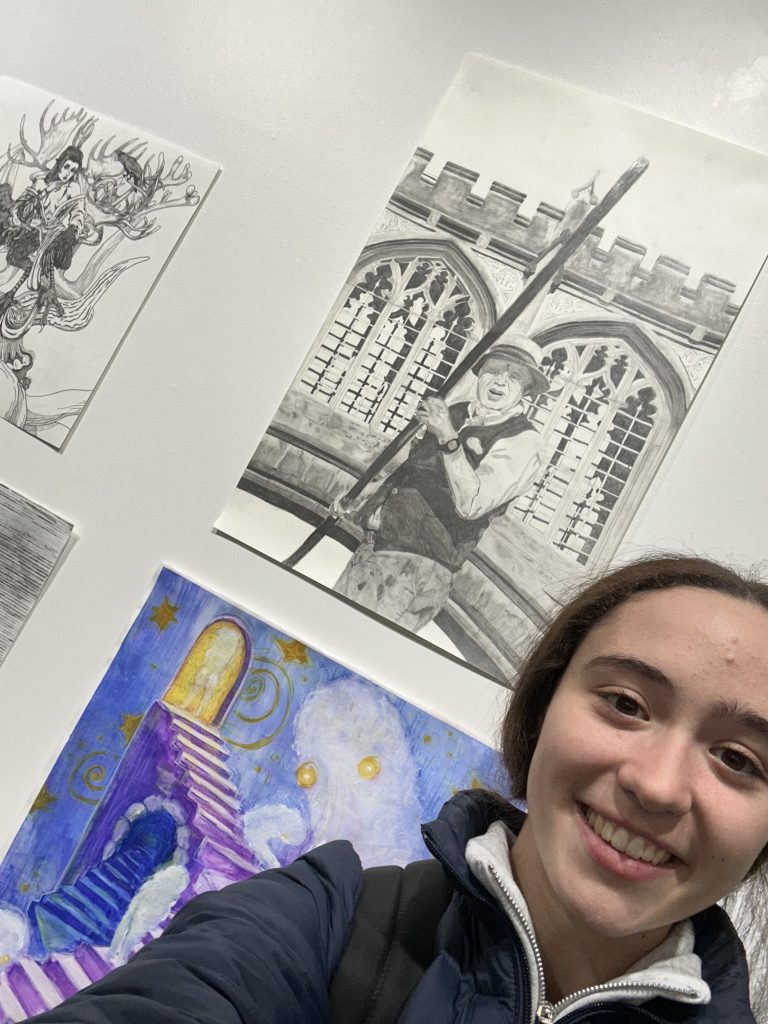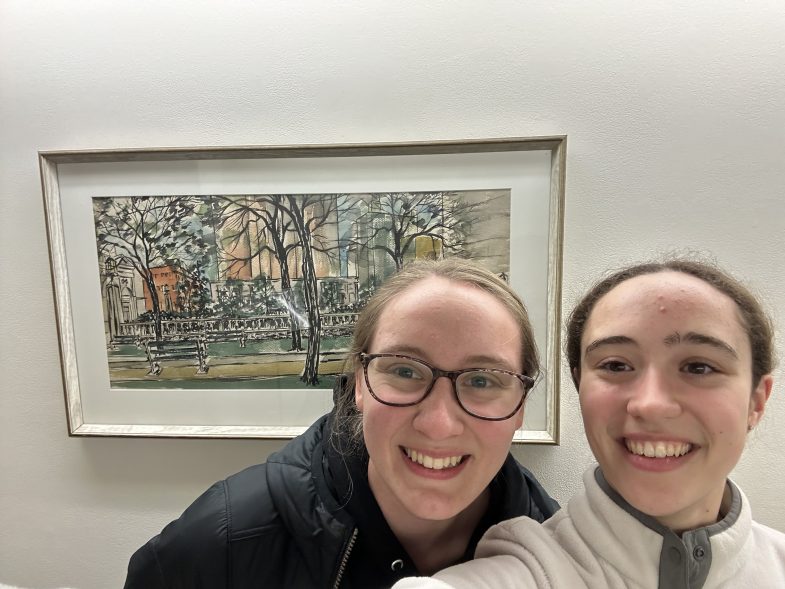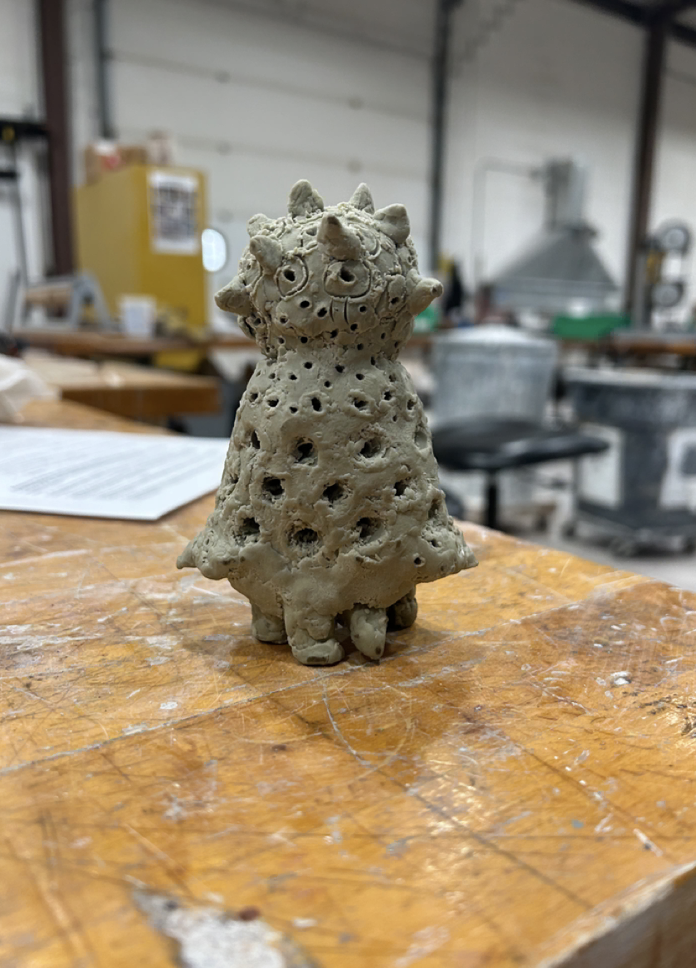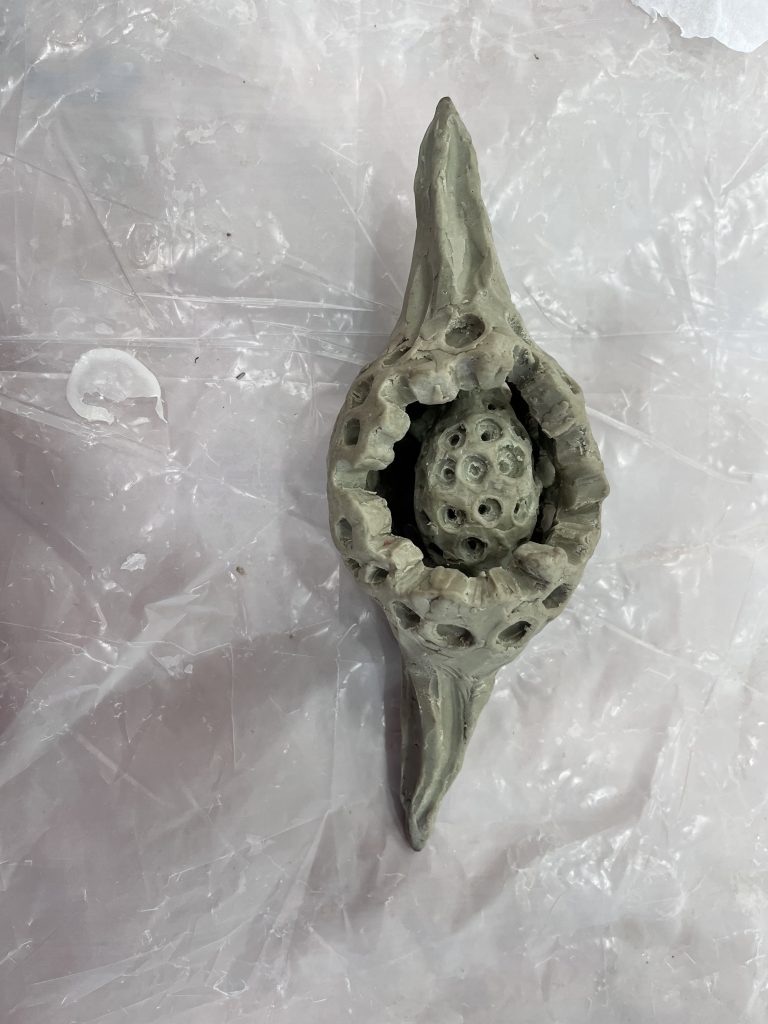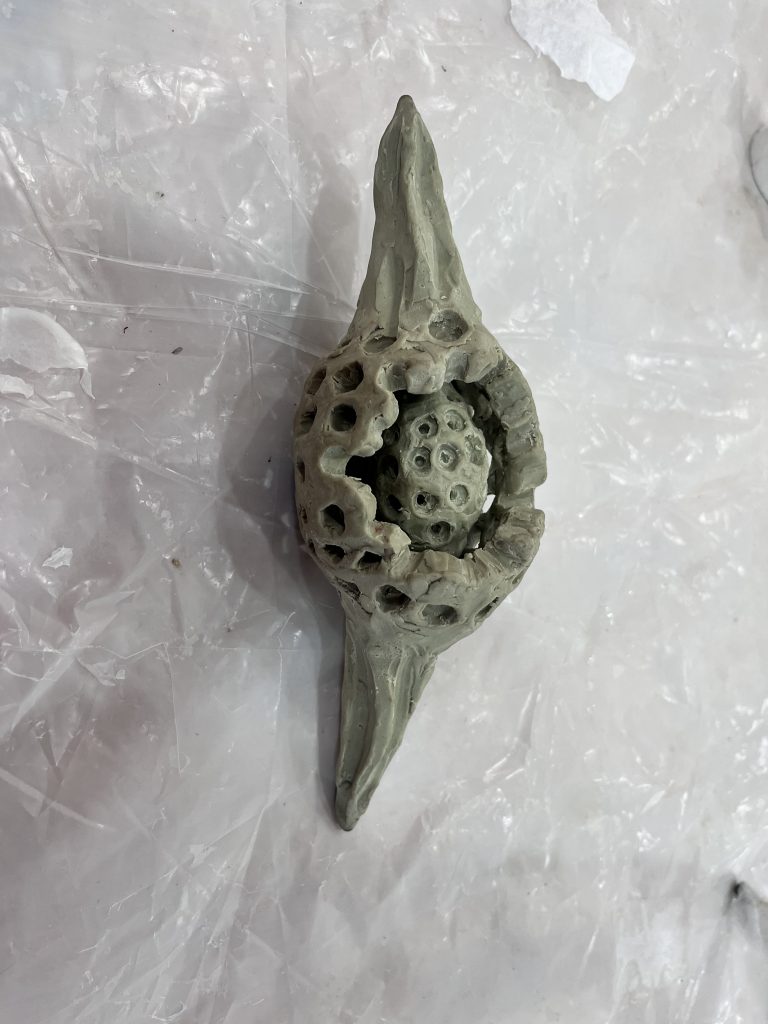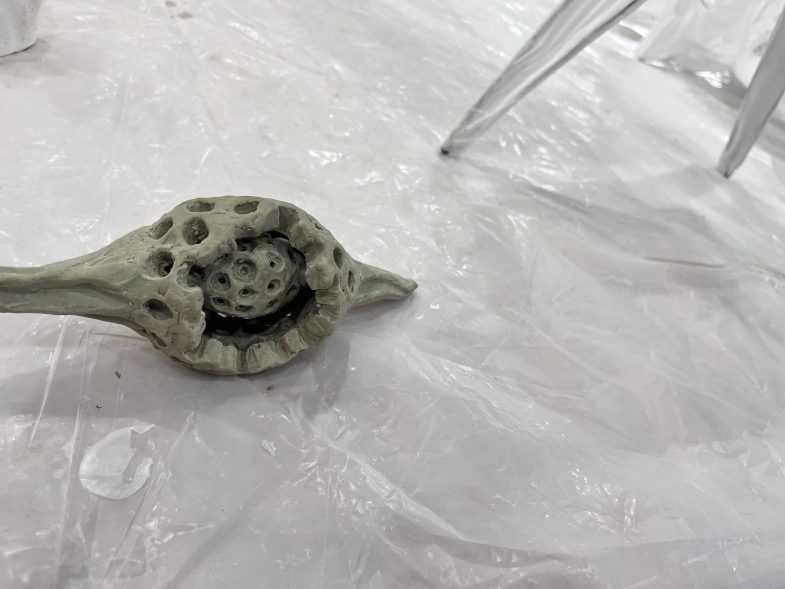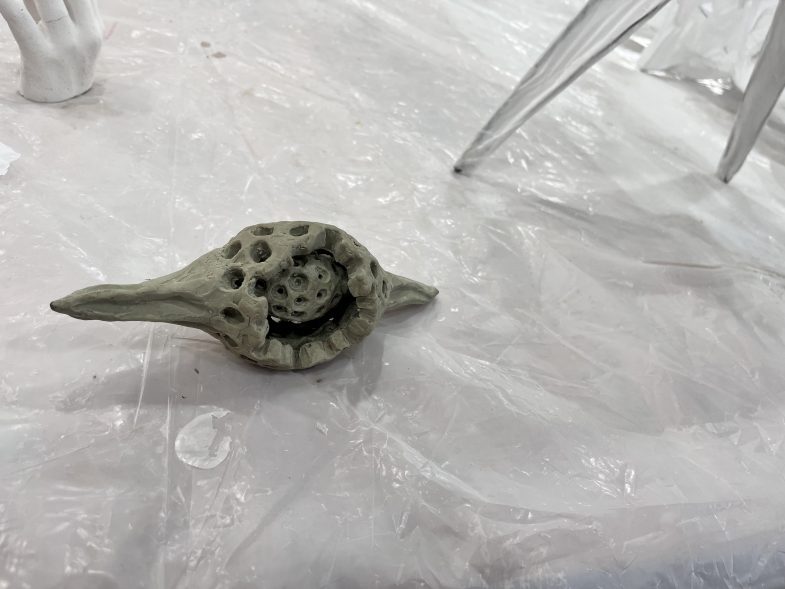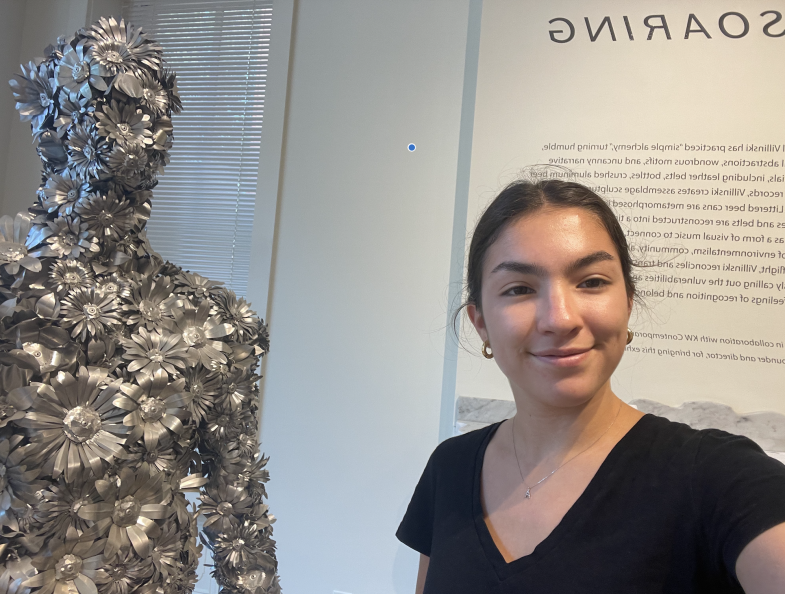When I was about 14, I prepared a performance piece for a mid-season piano recital, Solfeggietto by Carl Philipp Emanuel Bach. This was a casual recital, no crazy intricate performances that showcased the best of our abilities, but rather an update to what we’ve been practicing. During practice, I recall being satisfied with the speed and volume of my piece, and prepared to perform on stage with it. Except once I arrived at the music center, my piano teacher guiltily informed my mom and I that, of the small group of players who had said they could attend, I was the only one who was actually able to show up. But he was determined to make the performance happen, so he ushered in the random woman who was in the waiting room, and I performed the song, which was maybe 2 minutes long, to three people. The setup was strange, I was facing them rather than being set at an angle, playing on an electric weighted keyboard. But I had practiced, recorded myself, and played at various speeds, so everything should’ve been fine. But it wasn’t, because I fumbled the performance enough for it to be obvious to my very small audience, and I probably threw any attempt at dynamics out the window. The entire event was probably done within 10 minutes, but I was embarrassed and disappointed with myself. It is a constant reminder of how a perfect practice will not always be replicated on stage. I was probably nervous from the strange performance I was having, but I still don’t enjoy participating in artistic performances.
Adjectives: perfect, fine
Verbs: perform, practice, fumbled, replicate,
Emotions: embarrassed, disappointed, nervous
Central Terms: piano, Bach, speed, only one
